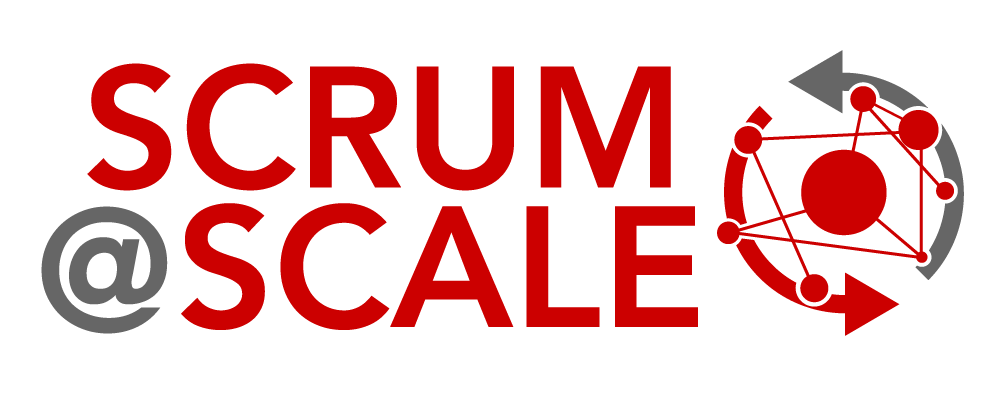Scrum@Scale Case Study
B2B Financial Services: Launching Scrum@Scale
Scrum@Scale delivered software in half the time, with a 95% reduction in bugs.
CASE STUDY SNAPSHOT
Trainer Name: Steve Martin
Organization: B2B Financial Firm
Organization Size: Medium
Industry: Financial Services
Topic: Regulatory and Compliance
Date: 2018
Website: https://www.linkedin.com/in/agilesteve
Summary
A Financial services company was struggling to meet a regulatory compliance deadline, while also seeing rapid decreases in customer satisfaction as the time spent on compliance requirements was detracting from their level of service. Starting with a two-team reference model, the company deployed Scrum@Scale across three products and seven development teams and met their compliance deadlines months ahead of schedule. In parallel, they incorporated direct customer feedback into their product release cycle and turned clients who were threatening to switch to other firms into advocates both for their firm and for Scrum itself.
Establishing a working reference model makes it easy to scale
The company was in a very mature, conservative, and compliance-heavy environment and had little to no experience with Scrum. In this type of environment, it is common to have a variety of cultural and organizational issues that impede the adoption of Scrum. However, by getting a two-team reference model consistently delivering working product, the organization was able to see the value of Scrum@Scale and to clearly understand how their new way of working would be different. When it came time to roll out Scrum@Scale across more teams and products, much of the barriers to adoption had already been removed, simply because the people within the company were able to understand holistically how their agile transformation would reshape their organization for the better.
Pitfalls: what constitutes a Scrum of Scrums?
One challenge when deploying Scrum@Scale is correctly identifying which teams should coordinate via a Scrum of Scrums. The Scrum@Scale Guide describes a Scrum of Scrums as “A set of the teams that have a need to coordinate”, to “directly deliver value to customers”. In situations where teams work on completely independent product lines and are fully capable of delivering directly to customers independently, combining them into a Scrum of Scrums can add unneeded meetings and waste. The goal of Scrum@Scale is to let teams self-identify the need for coordination and to self-organize into Scrum of Scrums in a way that creates a Minimum Viable Beaurcracy.
In this deployment, teams from different product lines were placed into the same Scrum of Scrums and the organization did not see the value in this. Because of this, they were reluctant to properly deploy the Scrum Master loop in full. However, because the teams embraced the Scrum values and understood the underlying principals of Scrum@Scale they were still able to self-organize to remove impediments. They had a functional Agile Practice and EAT, and the organization was not large, so despite this issue, the company was able to realize massive gains from their transformation.



